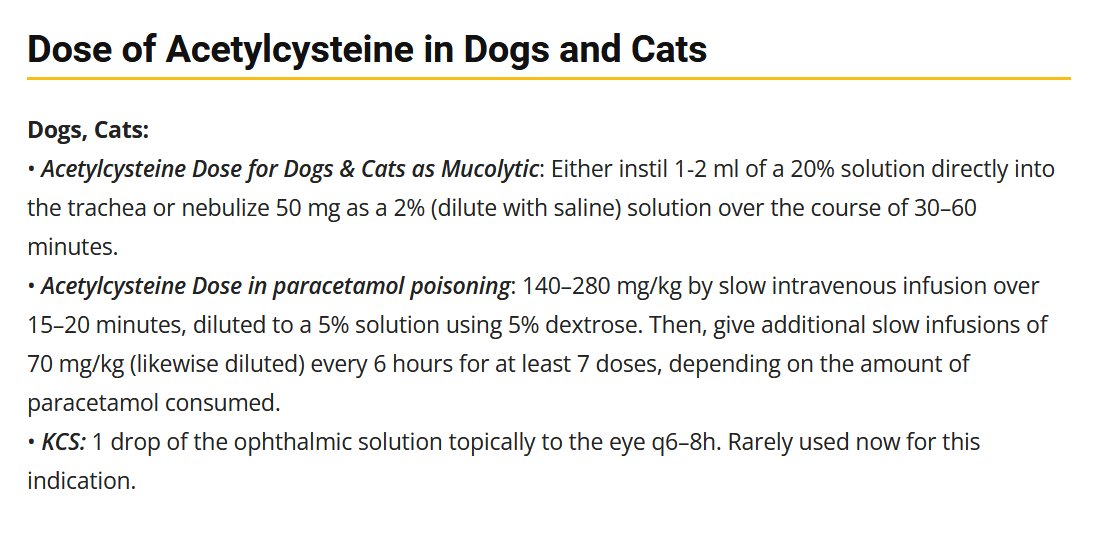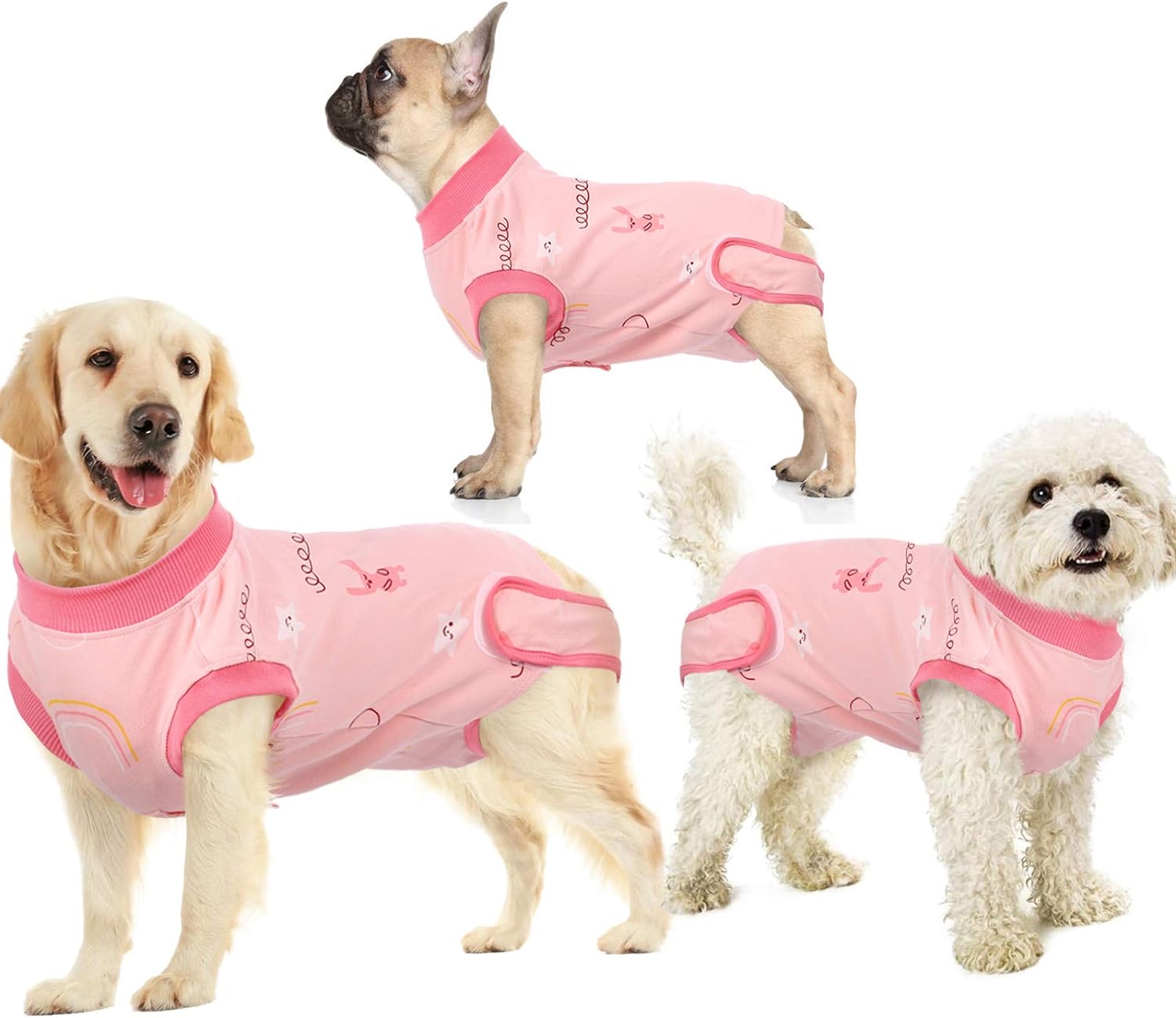This is an entirely TRUE biograph of the experience of a young lady working at a Pond Center and dealing with the repercussions of a Koi Herpes Virus outbreak. She recalls the losses of the fish and then the aftermath for the business, in lives lost and the realization that many businesses won’t deal with situations ethically. Fish death en masse, and watching unscrupulous businesses harming the public are scarring events for a young person. I find that Koi Herpes Virus is dealt with in sterile terms and that throwing around “Destroy all the infected fish” is handled casually when in fact it’s not. This is the true story of a girl from 2012, and how she and some co-workers coped with Koi Herpes Virus.
My experience with KHV.
 I find it difficult and uncomfortable to write about this, even though it’s been over 15 years since I had the nightmare of dealing with KHV. I had pushed this experience to the back of my memories because it’s still awful to think of it.
I find it difficult and uncomfortable to write about this, even though it’s been over 15 years since I had the nightmare of dealing with KHV. I had pushed this experience to the back of my memories because it’s still awful to think of it.
I was an employee at place that retailed pond fish. I was a few years into my pond career with a good grasp of the basics (water quality, filtration, and ecosystem). Studying and learning the more advanced areas of fish health (scrapings, disease identification, medications). I was very interested in learning about fish health because I hated having to throw out dead fish. It was very sad ! The more I learned, the more fish I could save. To me it was also very important to sell healthy fish. Our customers and their fish counted on us.
I also learned in pond retail as, in many kinds of retail, best procedures and or employees opinions are not always listened to. While the ideal thing to do for fish health is to quarantine new fish for 2 weeks, this isn’t practical practice for most store owners, so they don’t quarantine period. Instead stores count on vendors having pre-quarantined the fish. Most vendors are great helpfully, reliable, and trustworthy. Store owners and customers count on the employees to be reliable and trust worthy.
Employees count their vendors and bosses to be reliable and trust worthy. Occasionally you have that vendor or boss who cares more about money than customers or fish.

My store had multiple vendors and all had separate filtration systems. The store owner was concerned when here seemed to be an issue with the fish. The owner would allow us to shut down the sales from a system if there was an issue. The owner and I both became suspicious of a vendor who kept ending sick fish, and an employee who kept ordering from them and allowing the situation to escalate. The details of why aren’t important to this story. Both the employee and the vendor were let go.
I was now responsible for a lot of fish lives and trying to discover why they were dying. Upon being in charge I implemented some basic procedures I feel every fish retailer should follow; daily water testing and charting, daily 10 % water change, charting fish loss per system, separate fish nets in buckets with Net Sanitizer and hand sanitizer for each system. No cross contamination ! Because of these steps I was able to quickly identify there was a higher than average death rate in 2 systems as suspected that was growing higher exponentially daily. Fish in both of these systems had come from the aforementioned shady fish vendor. The fish were getting ulcers in multiple places on their face, sides, belly and tail… fin rot ? Tail rot ? Bacterial infection ? Parasites ?
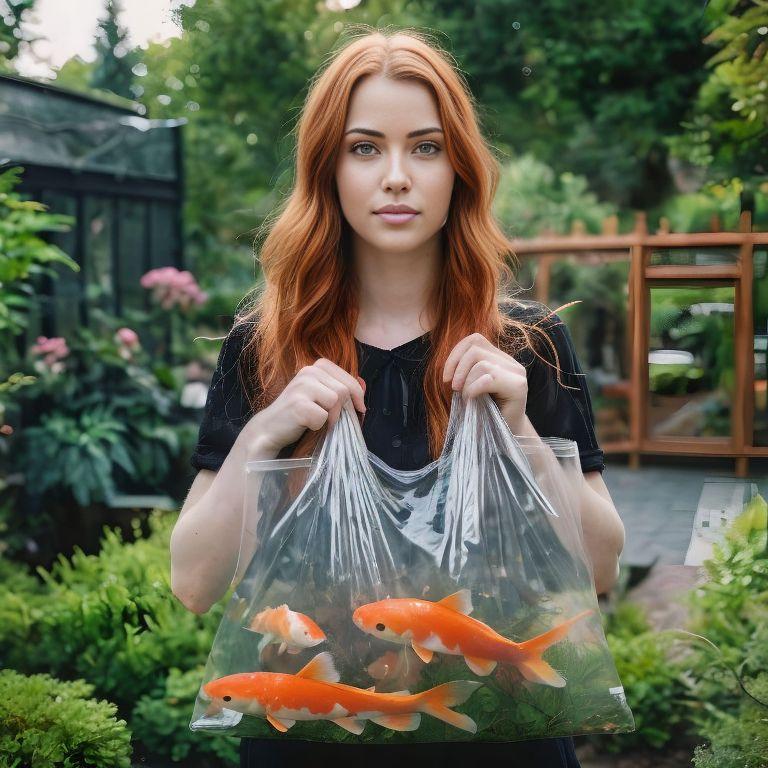 We maintained the shutdown of sales of fish from those systems. We told customers who asked that we “we were quarantining new fish”. I don’t remember the exact order in which I tried things, it was long ago. I do remember that I tried every medication that I could and nothing was working. Every day more and more fish looked sick, sunken eyes, flesh rotting off their bodies, being eaten away by an invisible monster that could not test for. I don’t recollect how many fish I threw out, I stopped counting when it was over 75 per day. I feel like this happened over a 2 -4 week time, but I am not positive. At this point I had done enough investigating that I suspected and feared KHV. The store owner was reluctant to test for it. A positive test result would have to be reported and could result in the loss of his business! The boss did know (as I knew) that it did need to be addressed so I found a way to test anonymously. I sent samples from each system and waited an excruciating amount of time.
We maintained the shutdown of sales of fish from those systems. We told customers who asked that we “we were quarantining new fish”. I don’t remember the exact order in which I tried things, it was long ago. I do remember that I tried every medication that I could and nothing was working. Every day more and more fish looked sick, sunken eyes, flesh rotting off their bodies, being eaten away by an invisible monster that could not test for. I don’t recollect how many fish I threw out, I stopped counting when it was over 75 per day. I feel like this happened over a 2 -4 week time, but I am not positive. At this point I had done enough investigating that I suspected and feared KHV. The store owner was reluctant to test for it. A positive test result would have to be reported and could result in the loss of his business! The boss did know (as I knew) that it did need to be addressed so I found a way to test anonymously. I sent samples from each system and waited an excruciating amount of time.
In the meantime, customers started coming in who were having issues with fish they bought from a different fish store. After some questions to the customers I believe the other fish store received the shipment intended for us when my boss fired the shady vendor. I was so grateful that it was the other store that received that shipment.
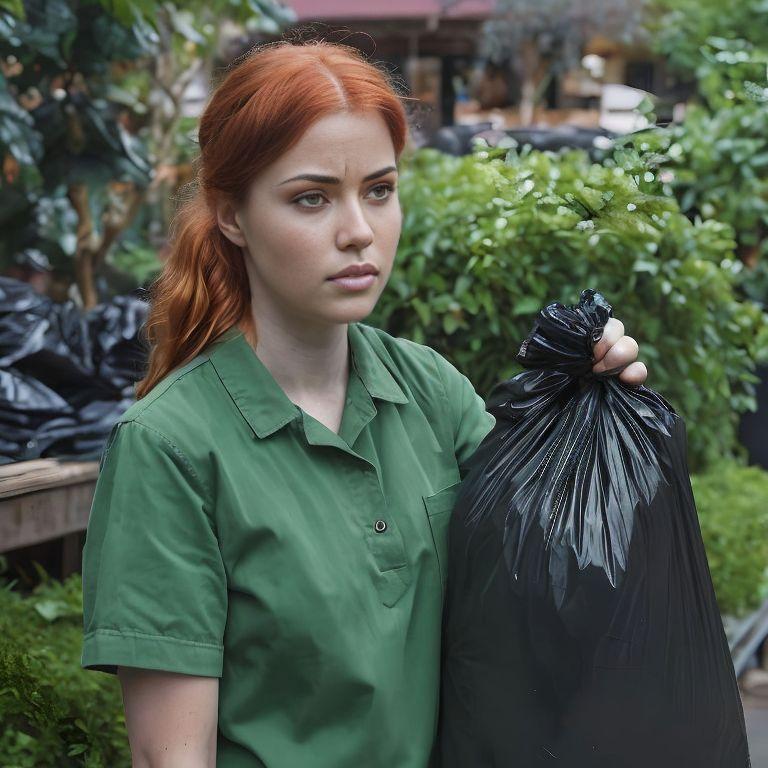 I finally received the results I had been expecting and dreaded. We had KHV ! The store owner and I had discussed the situation. I had not been allowed to discuss it with other employees, and was instructed to not inform employees or customers. The store owner (out of fear) did not report our positive KHV test. The owner agreed that we should destroy the fish in the 2 KHV positive systems. The owner did not want to destroy all the Koi. The owner could not afford the loss of reputation or financial cost of losing that many fish nor having to shut down. We continued selling fish from our other systems.
I finally received the results I had been expecting and dreaded. We had KHV ! The store owner and I had discussed the situation. I had not been allowed to discuss it with other employees, and was instructed to not inform employees or customers. The store owner (out of fear) did not report our positive KHV test. The owner agreed that we should destroy the fish in the 2 KHV positive systems. The owner did not want to destroy all the Koi. The owner could not afford the loss of reputation or financial cost of losing that many fish nor having to shut down. We continued selling fish from our other systems.
I researched the most humane way to euthanized fish. I went to the health store (an ironic sad laugh here) to buy all of their clove oil bottles. I waited the next day for all our employees to leave for the day, as instructed by the store owner. One manager sensed something was wrong and refused to leave until I explained through tears what I was about to do. I’m grateful to that manager for not letting me go through the experience alone, and sharing the burden of that memory in silence with me. They helped me drop the water level in the tanks, prepare dozens of extra-large fish bags scoop thousands live and dying fish into the bags.
I’m grateful to that manager for not letting me go through the experience alone, and sharing the burden of that memory in silence with me.
I felt like the fish stared at us as we put their still breathing bodies into overcrowded bags and poured in clove oil and tied off the bags and began to fill the next bag. Once all of the fish were in bags with clove oil we waited and as they slowly stopped breathing and moving. If it was taking too long for them to die we added more clove oil. Once they were all dead we put the bags of fish in double black trash bags and then threw them in the store’s dumpster. It was a sickening experience, the store manager and I both cried then and that night and never spoke of it again.
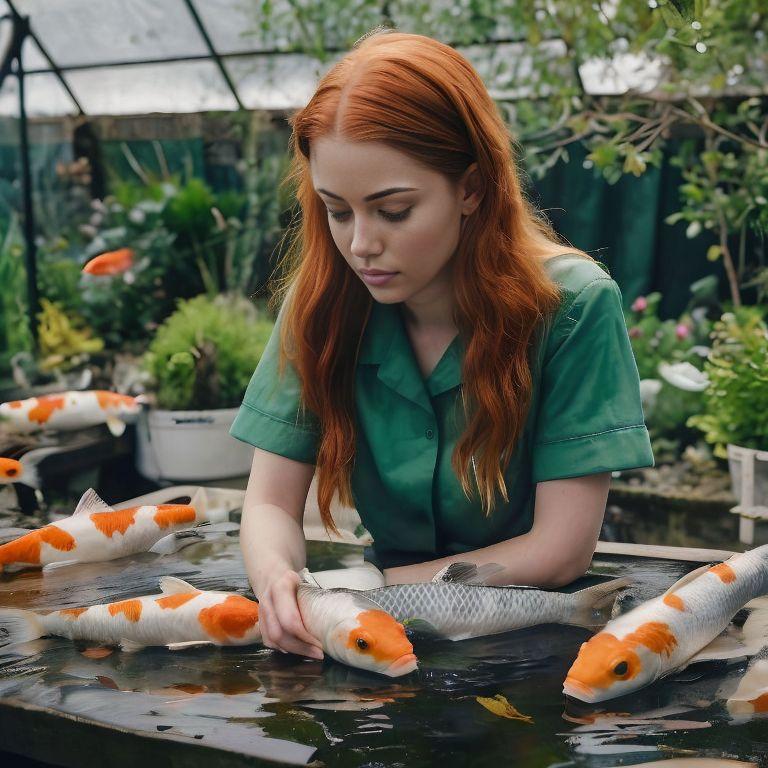 The next day I had to make up excuses why there 2 empty fish systems while I decontaminated all the equipment. Over the next month we left the systems empty while I ran multiple decontamination methods to make sure the KHV was gone. I bleached everything for one method and separately used potassium permanganate for the other method. I repeated these 2 separate methods over the next month until I felt the systems were safe to use again.
The next day I had to make up excuses why there 2 empty fish systems while I decontaminated all the equipment. Over the next month we left the systems empty while I ran multiple decontamination methods to make sure the KHV was gone. I bleached everything for one method and separately used potassium permanganate for the other method. I repeated these 2 separate methods over the next month until I felt the systems were safe to use again.
To be extra cautious when I restarted the 2 systems I made them the goldfish systems as they don’t get KHV and then cleaned the old goldfish systems and readied them for new KOI fish bought from more reputable vendors.
I learned during that decontamination period from customers that came in that the other fish store had been having issues was completely shut down. I know that my no-cross-contamination policy saved the koi in the other systems in our store. The other koi never had a health issue during this time. It seemed that we had shut down our sale of fish in those systems just in time.
To my knowledge we did not sell infected fish to our customers. I felt extremely bad for the store that bought our tainted shipment and the customers that bought fish there. I feel extremely bad to this day for anyone having to deal with KHV. It is heartbreaking to watch such beautiful creatures die. If you have had the responsibility of mass destroying KHV positive fish, there aren’t any words to describe the imprint this leaves forever on your soul.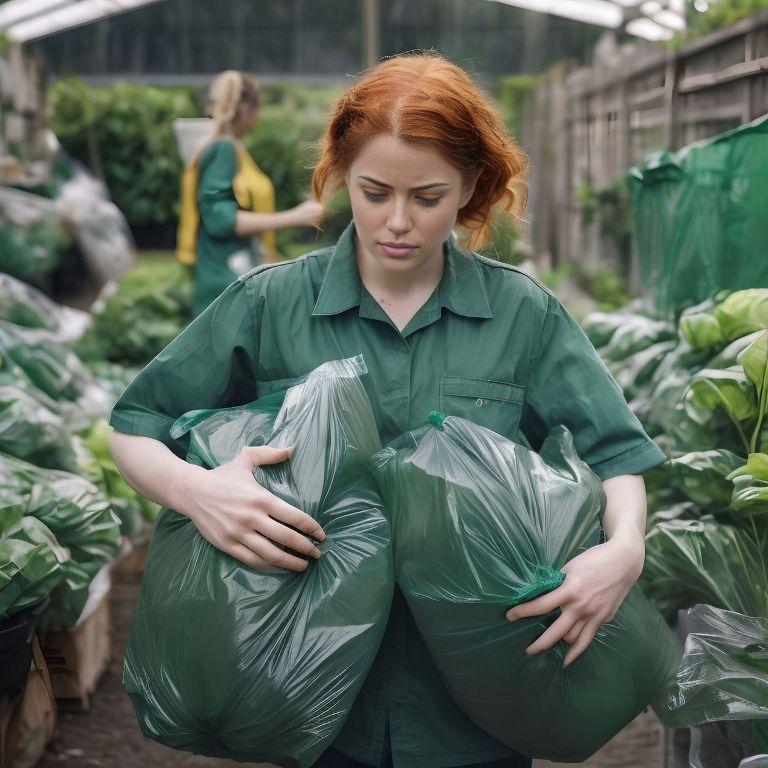
I did a thing so I could live with myself, and rescued a small number of spectacular and beautiful KHV positive koi who were asymptomatic. They were relocated to a secret isolated pond with caretakers aware of the situation. Those fish have lived and thrived with no issues. I prefer picturing those few select fish swimming happily along, to remembering the thousands of unfortunate dead fish.
I have written this story to the best of my recollection because I wanted to share it and collectively we can handle KHV better.









